Step-by-Step: How to Perform Womb Lifting Massage Safely
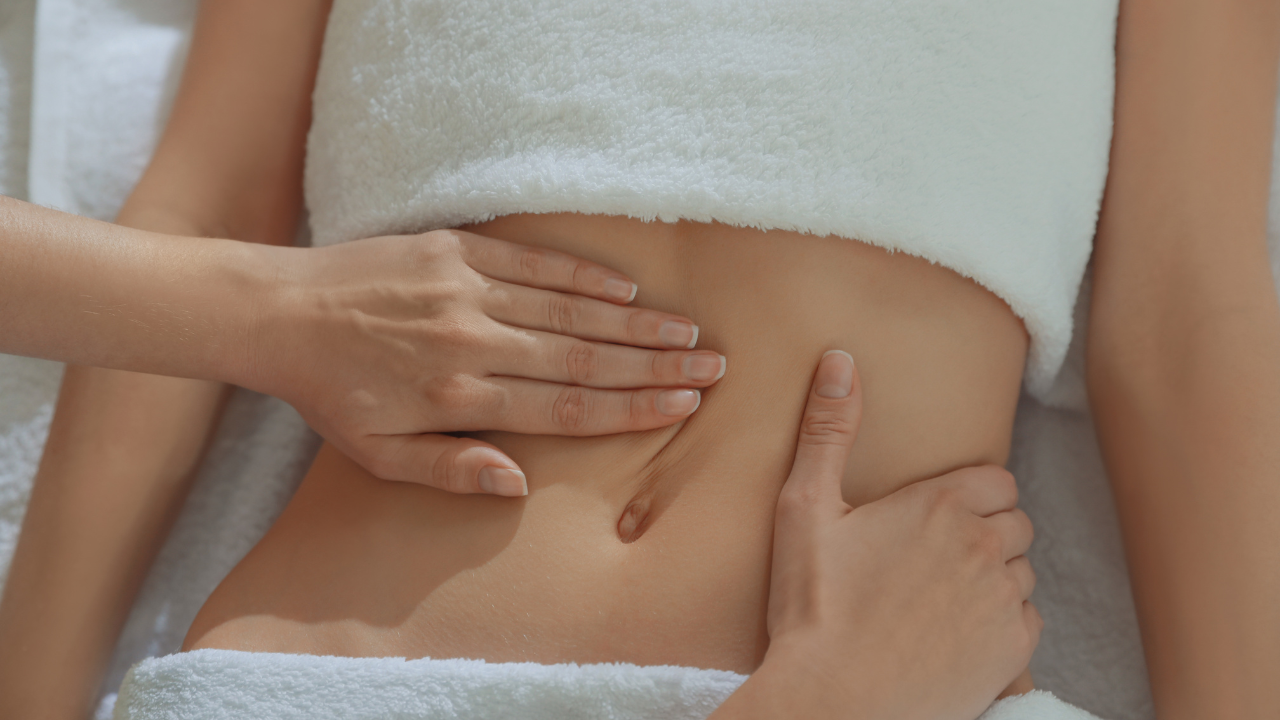
Table of Contents
Womb lifting massage is a hands-on abdominal therapy that supports the uterus in returning to its natural position within the pelvis. It’s done through precise strokes along the lower abdomen, hips, and sacrum which are areas that hold the ligaments and connective tissues that stabilize the uterus.
When these structures become strained the uterus can shift slightly forward or backward, or to one side. Womb lifting works by increasing circulation to the uterine area and creating space for the pelvic organs to rest in alignment.
This article explores how womb lifting massage works and how to practice it safely at home. We also explore how tools like crystal wands can deepen the results by relaxing pelvic tension and reawakening the body’s natural responsiveness.
What Is Womb Lifting Massage?
Womb lifting massage is a precise, hands-on therapy that focuses on the lower abdomen, the space where the uterus, bladder, and bowel share close quarters. This practice uses slow, directional massage to encourage the uterus back toward her natural resting place.
In Central America, Maya midwives practiced a form of abdominal massage known today as Arvigo therapy, where slow, upward strokes over the lower abdomen were used to reposition a tilted or prolapsed uterus. These techniques were passed through generations of parteras (traditional birth attendants) and were routinely used.
In Thailand, the practice of Chi Nei Tsang developed within Taoist medicine as a form of abdominal detoxification and organ regulation. Practitioners focused on the “hara,” the energetic and physical center of the body, massaging deep into the intestines, liver, and uterus to move stagnant chi and release emotional contraction stored in the belly.
The uterus is a mobile organ. When her alignment shifts, the entire pelvic and digestive network adjusts with her. Womb lifting massage evolved as a way to restore that internal order, combining anatomical precision with touch that reawakens sensitivity and circulation to the core of the female body.
Womb Massage Benefits for Women’s Reproductive Health

-
Eases menstrual and pelvic pain: By releasing muscular tension around the pubic bone, sacrum, and abdomen, the massage helps reduce cramps and sharp pelvic aches.
-
Encourages healthy cycles: Improved blood and lymph flow to the uterus supports more complete shedding of the uterine lining, often reducing clotting and stagnation.
-
Supports fertility and conception: A well-positioned uterus receives blood and nutrients more efficiently, creating a more favorable environment for implantation and pregnancy.
-
Aids postpartum recovery: Gentle massage can help the uterus return to its natural position and improve bladder control after birth.
-
Prevents pelvic organ prolapse: Keeping the uterus centered and supported protects against downward pressure that can strain the bladder and bowel over time.
-
Regulates hormones: Increased circulation to the ovaries improves communication between reproductive and endocrine systems, helping balance estrogen and progesterone levels.
-
Relieves digestive congestion: As the intestines are freed from pelvic pressure, women often notice reduced bloating and smoother digestion.
-
Deepens body awareness and relaxation: The nervous system settles and a sense of calm spreads through the pelvis, bringing stronger presence in the body.
Step-by-Step: How to Perform Womb Lifting Massage
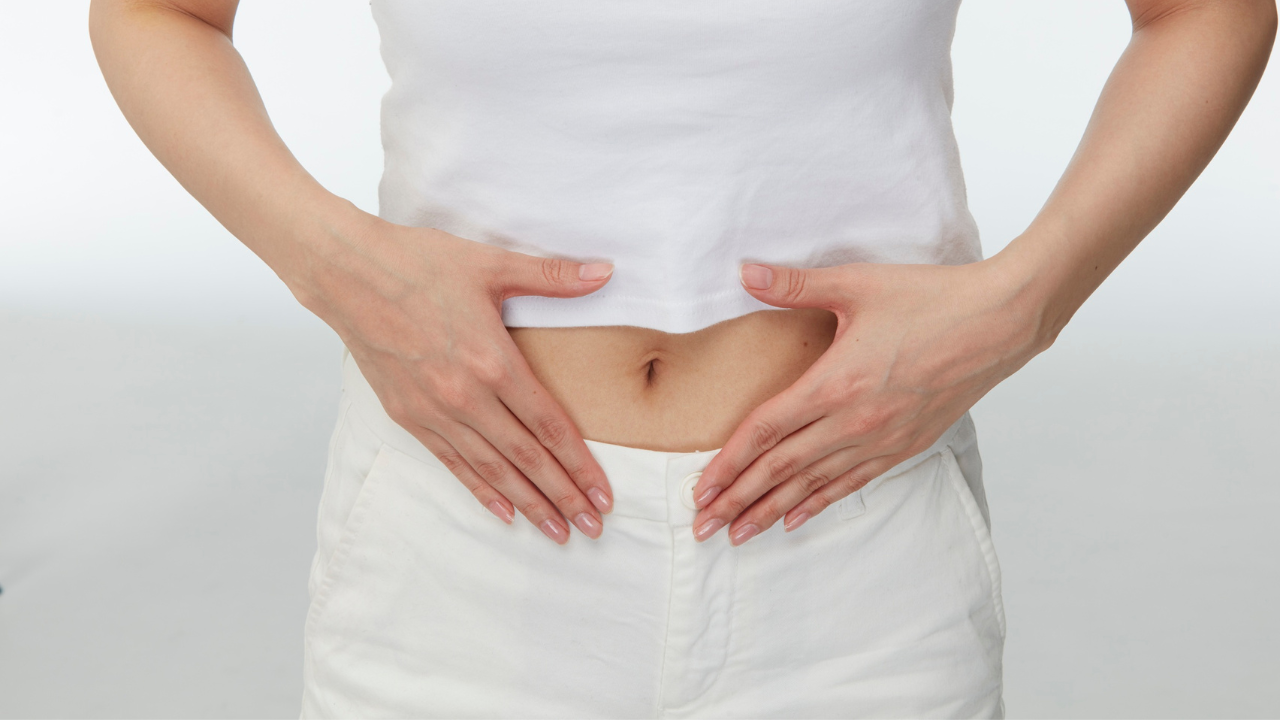
Preparation
Before beginning, make sure your body feels safe and unhurried. Choose a warm, private space where you won’t be interrupted. Use a natural oil like castor, coconut, or yoni oil, something that allows your hands to glide without pulling the skin. Empty your bladder and bowel first so the pelvic area feels relaxed and open.
Positioning
Lie flat on your back with your knees bent and feet planted. Place a small pillow or folded towel beneath your hips to tilt the pelvis slightly upward, this helps gravity support the lifting process. Let your lower belly soften and allow your breath to move all the way down into the pelvic bowl.
Massage Technique
1. Warm-Up Strokes
Place both hands on your lower abdomen, just above the pubic bone. Using the flats of your fingers, make slow, clockwise circles to warm the tissues. Imagine the heat of your palms encouraging blood flow beneath the skin. Continue for one to two minutes, until you feel a subtle pulsing or warmth spread through the area.
2. Lifting Motion
Now, place your fingertips at the base of the pelvis, just above the pubic bone, and gently press in, scooping upward toward the navel. Move across the lower belly from one hip to the other, repeating several times. The pressure should be firm but comfortable, enough to meet resistance but never force through it. This motion encourages the uterus to rise toward the centerline of the body.
3. Deep Abdominal Work
Place one hand above the pubic bone and the other near the navel. Using the upper hand, apply gentle traction upward while the lower hand anchors the base. You may feel a subtle movement, a release, or even a tender awareness you hadn’t noticed before. This is the fascia loosening and circulation returning to deeper tissues. Continue for several slow breaths.
4. Integration
End with wide, sweeping strokes that travel from the lower belly up to the ribs, then down the sides of the abdomen. Let the hands grow slower and lighter. Finally, rest them over the womb space. Close your eyes, breathe deeply, and allow everything you’ve stirred to settle.
After the massage, rest for ten to fifteen minutes with your belly uncovered. Drink a cup of warm water or herbal tea , like ginger, chamomile, or herbs that support menstruation and circulation are ideal.
Crystal Wands and Womb Lifting Massage
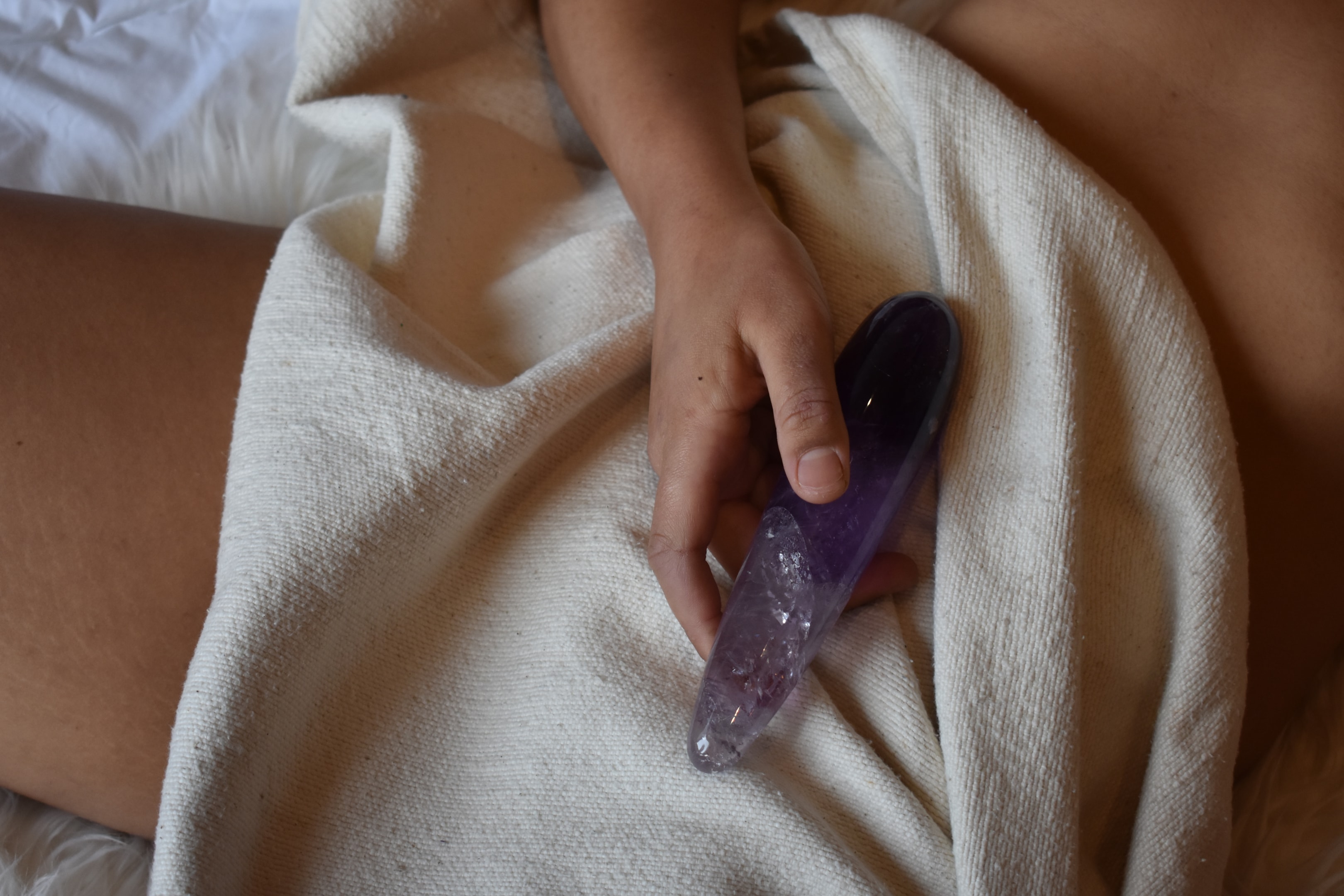
Crystal wands enhance womb lifting massage by working from the inside out. While external abdominal techniques manipulate fascia, ligaments, and organ position, internal wand work targets the vaginal and cervical muscles that connect directly to the uterine support network.
The combination of these two approaches allows both the external suspensory structures and the internal muscular base of the uterus to release tension simultaneously which helps the organ reposition naturally and maintain that alignment long-term.
When the uterus is misaligned, the broad, round, and uterosacral ligaments become unevenly tensioned. These ligaments are tied into the deep pelvic floor muscles, the levator ani, coccygeus, and obturator internus, all of which influence the angle and stability of the uterus. Internal wand use releases these muscular attachments from within, reducing the downward or lateral pull that prevents full realignment.
When the wand is inserted slowly with lubrication and moved in small, intentional arcs along the posterior and lateral vaginal walls, it directly influences the tone of the pelvic diaphragm. As the muscle fibers release, the fascial web that connects the vagina to the cervix and uterus begins to lengthen again. This process creates internal space allowing the uterus to lift and center when combined with external abdominal work.
Womb Lifting Massage With Crystal Wand
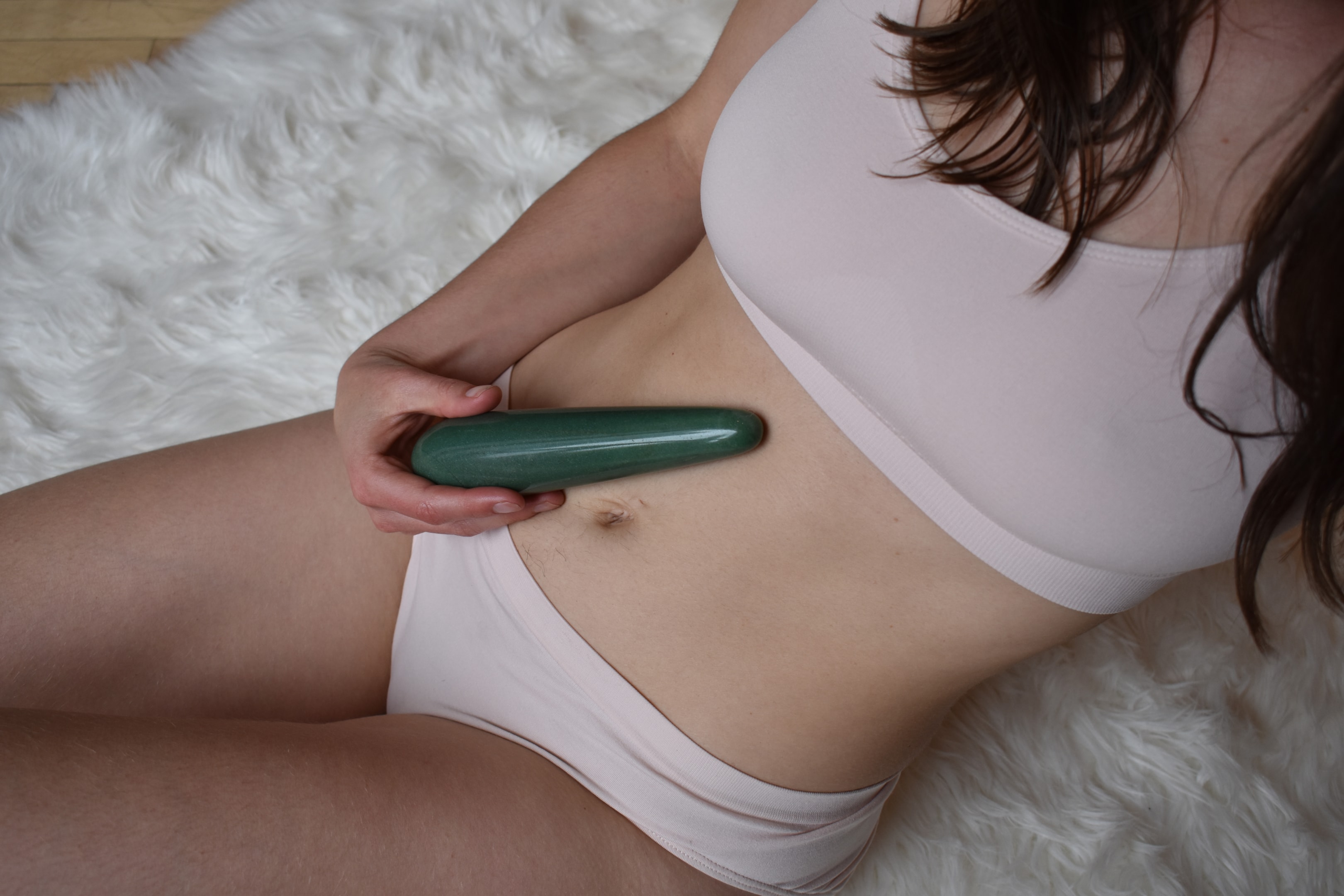
-
Begin with external womb lifting massage. Spend at least 10 minutes working the lower abdomen, from pubic bone to navel, in lifting strokes. This activates blood flow and loosens superficial fascia.
-
Transition to internal work. Once warmth spreads through the belly, apply lubricant and insert a clean crystal wand while lying on your back with knees bent.
-
Trace the vaginal walls. Use small, upward strokes following the natural curve of the canal. Focus on the posterior (back) wall, which links to the sacrum, this is where much of the uterine tension originates.
-
Soften around the cervix. If reachable, gently circle the base of the cervix with the wand. This improves elasticity in the connective tissue that attaches the uterus to the pelvic fascia. Avoid deep or forceful pressure.
-
Integrate the two layers. After internal work, place your hands over your lower abdomen and make slow, outward sweeps from navel to hips. This helps lymphatic flow and allows the body to register the change.
-
Observe the aftermath. You may feel warmth, mild aching, or emotional release, all normal signs of circulation returning and fascial tension unwinding. Rest for at least 15 minutes afterward.
Safety Considerations and Contraindications
Avoid performing womb lifting massage or internal wand work during the first trimester of pregnancy, as early gestation requires uterine stability and minimal external pressure. It’s also important to wait until the body has fully healed after childbirth. The uterus and vaginal tissues remain tender for several weeks postpartum, and any internal or abdominal work should only begin once your healthcare provider confirms recovery. Active pelvic or vaginal infections are another clear contraindication. Massage increases blood flow, which can worsen inflammation or spread bacteria.
If you have uterine fibroids, endometriosis, pelvic inflammatory disease, or a history of uterine surgery, it’s essential to consult with a gynecologist or pelvic health specialist before beginning. For some women, gentle external work may be beneficial, while for others, deeper massage may not be appropriate. The same applies to those with an IUD, while many women can safely practice light abdominal massage, internal pressure should be avoided unless cleared by a professional.
Frequently Asked Questions
A womb lifting massage improves circulation to the uterus, ovaries, and surrounding organs, helping restore the body’s natural rhythm. By working on the lower abdomen, around the pubic bone, and up toward the navel, this gentle abdominal massage supports uterine alignment and blood flow through the reproductive system.
Many women seek this therapy for issues such as irregular periods, fertility problems, pelvic organ prolapse, or pelvic pain related to congestion or a displaced uterus. Increased circulation nourishes the internal organs, including the liver, digestive tract, and bladder, which can also relieve symptoms of bloating, constipation, and hormonal imbalance.
Regular womb massage sessions are also deeply relaxing, helping to lower stress levels, improve the quality of sleep, and support natural hormone balance. Over time, the practice enhances uterine tone, optimizes the menstrual cycle, and creates a more supportive environment for fertility and conception.
During the first session, most women describe a sensation of warmth, pressure, and release in the abdomen and lower back. The touch is firm but not painful. A skilled massage therapist works in slow, methodical movements with lifting, pressing, and tracing the ligaments and fascia that cradle the uterus.
You may feel pulsing or gentle waves of energy as blood circulation improves. Some women notice emotional release, others simply feel lighter and more connected to their body. Afterward, the pelvis often feels more open, the menstrual cycle flows more easily, and the digestive system functions more smoothly.
When performed correctly, womb lifting massage is generally safe and highly beneficial for women’s health. However, as with any deep abdominal therapy, there are times when caution is needed.
Avoid womb massage during the first trimester of pregnancy, after childbirth until medically cleared, or while experiencing an active pelvic or vaginal infection. Women with conditions such as fibroids, endometriosis, or pelvic inflammatory disease should always consult a physician before beginning.
If you are currently pregnant, have a complex gynecological history, or are undergoing fertility treatment, work only with trained practitioners experienced in fertility massage or uterine therapy. These professionals are taught to adapt their technique for safety and effectiveness.
Womb lifting massage complements medical care, it does not replace professional medical advice or diagnosis. When practiced with awareness, it can safely enhance uterine health, support postpartum recovery, and help maintain long-term pelvic balance.
A womb lifting massage combines external abdominal massage with subtle internal engagement to encourage the uterus back toward its natural position. The technique focuses on stimulating blood circulation through the lower abdomen, loosening the fascia and muscles around the pubic bone, and creating space for the internal organs to move freely.
During the procedure, the therapist applies slow, upward strokes from the pubic bone toward the navel, guiding the uterus gently into midline. Supporting the ligaments around the bladder, digestive tract, and liver allows these organs to function without compression, improving oxygenation and nutrient flow.




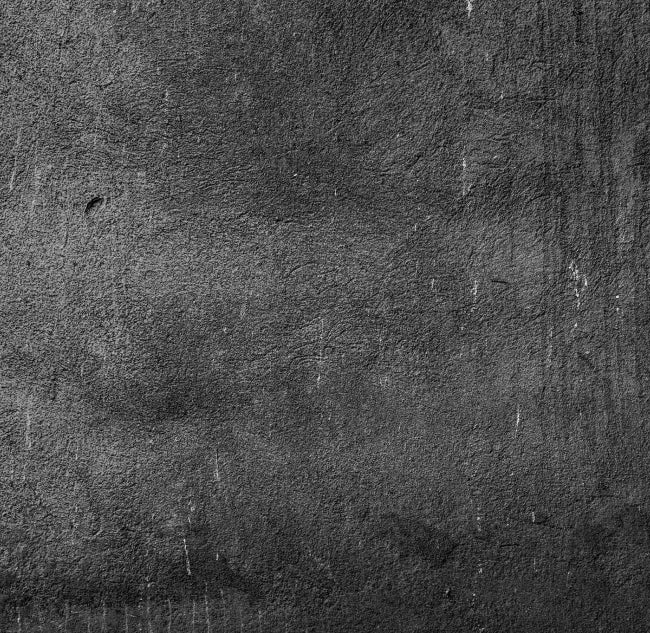
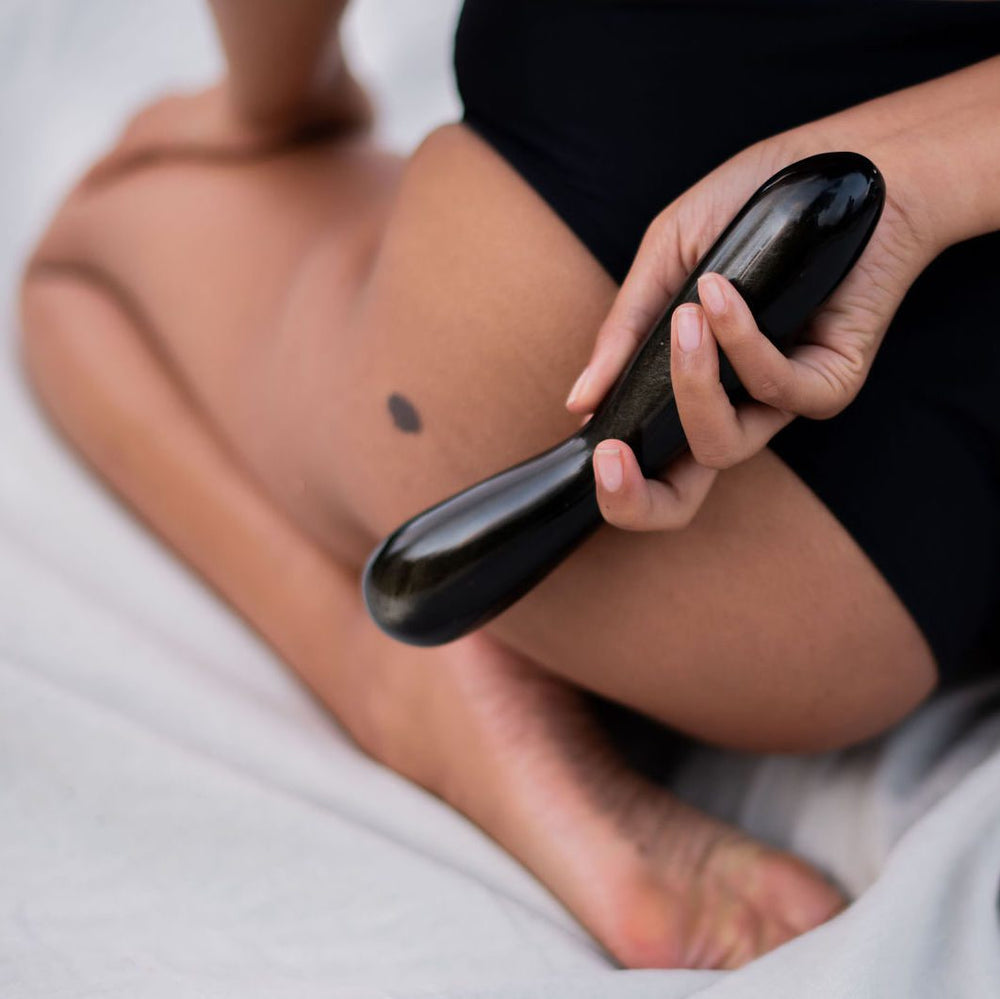


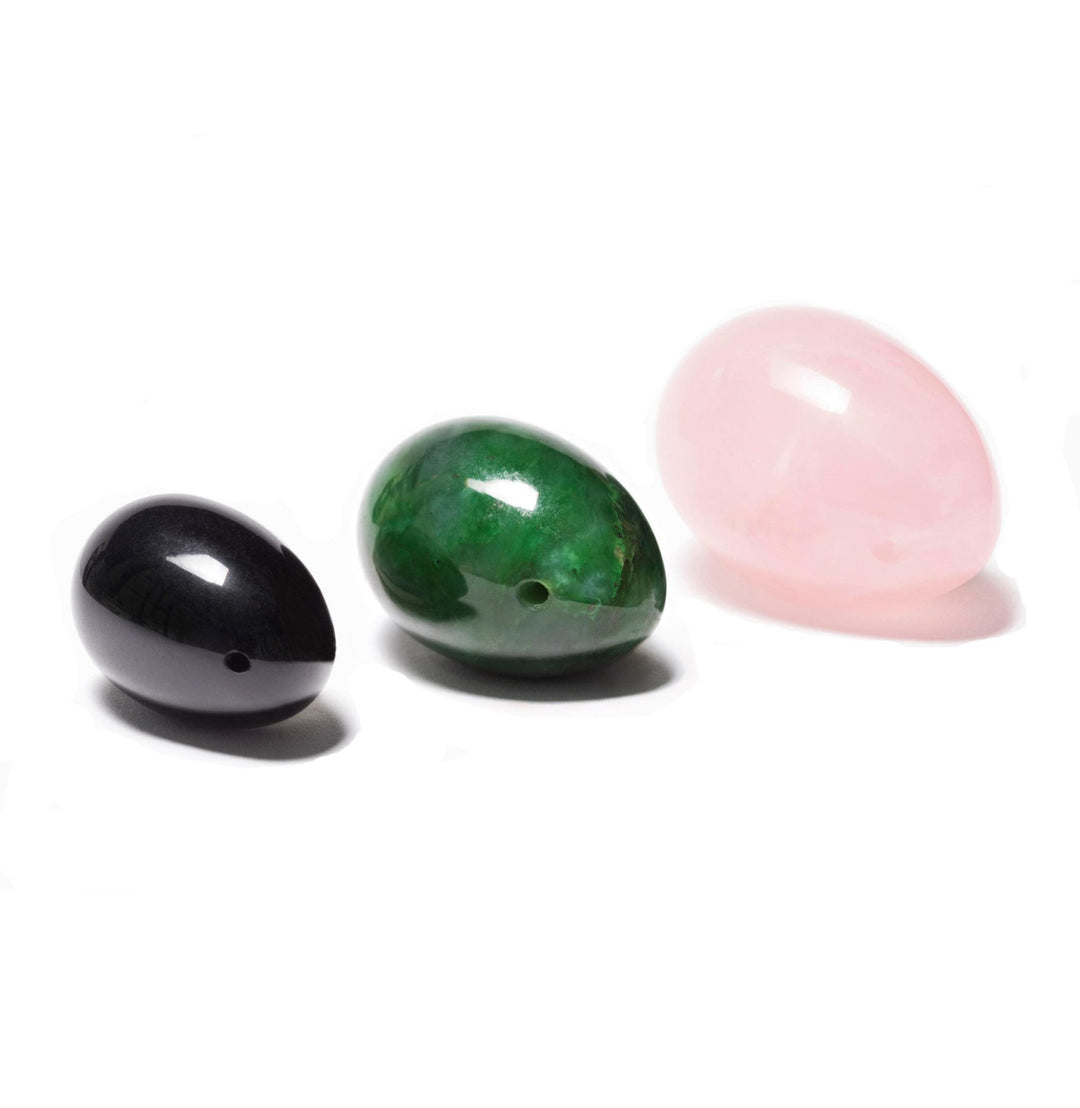
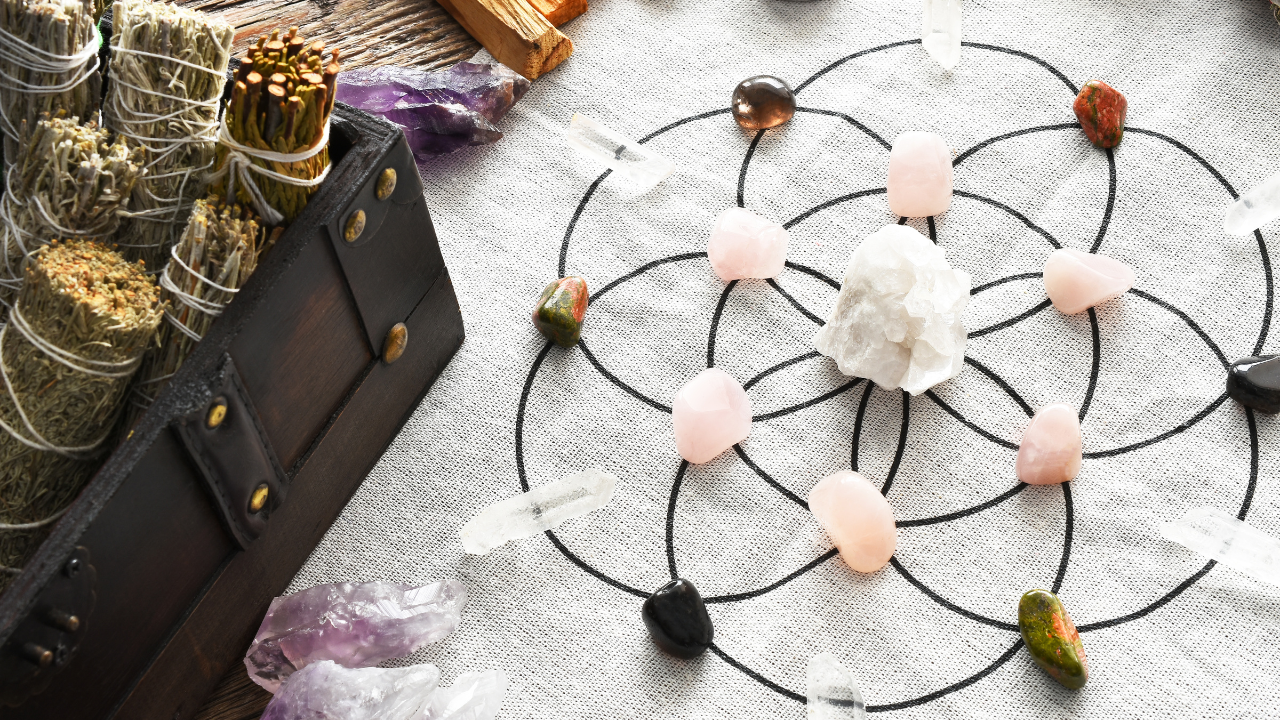
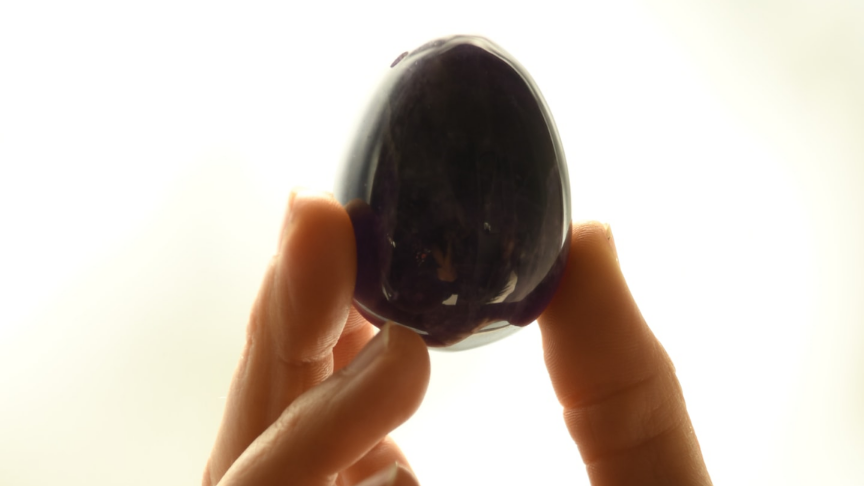


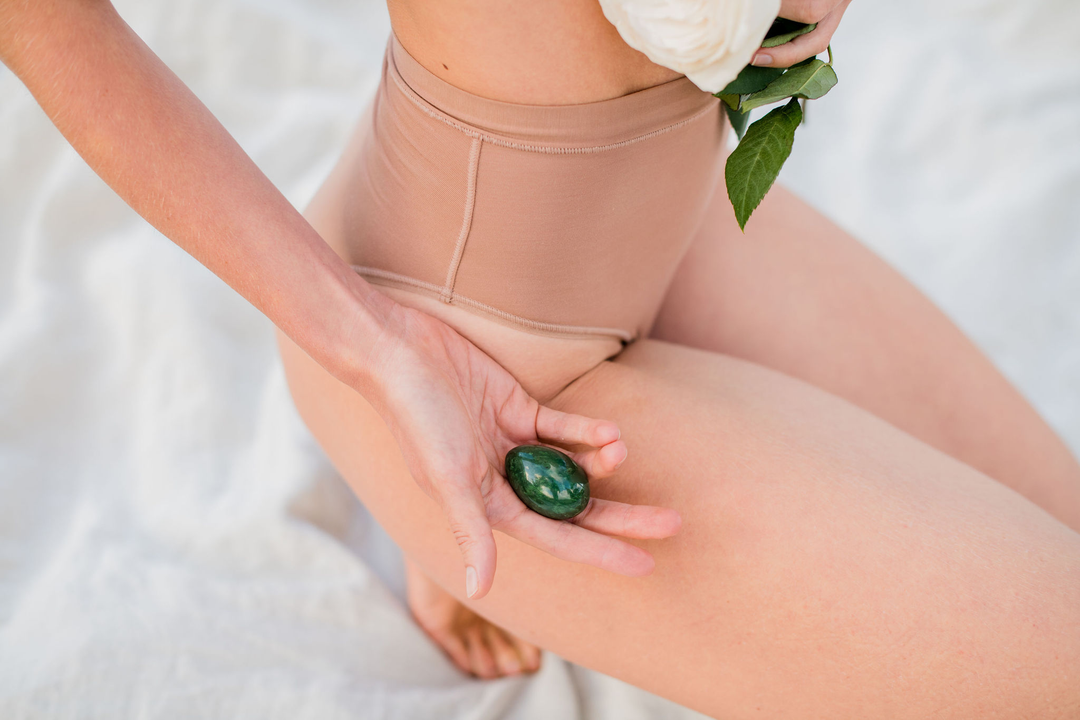


Leave a comment